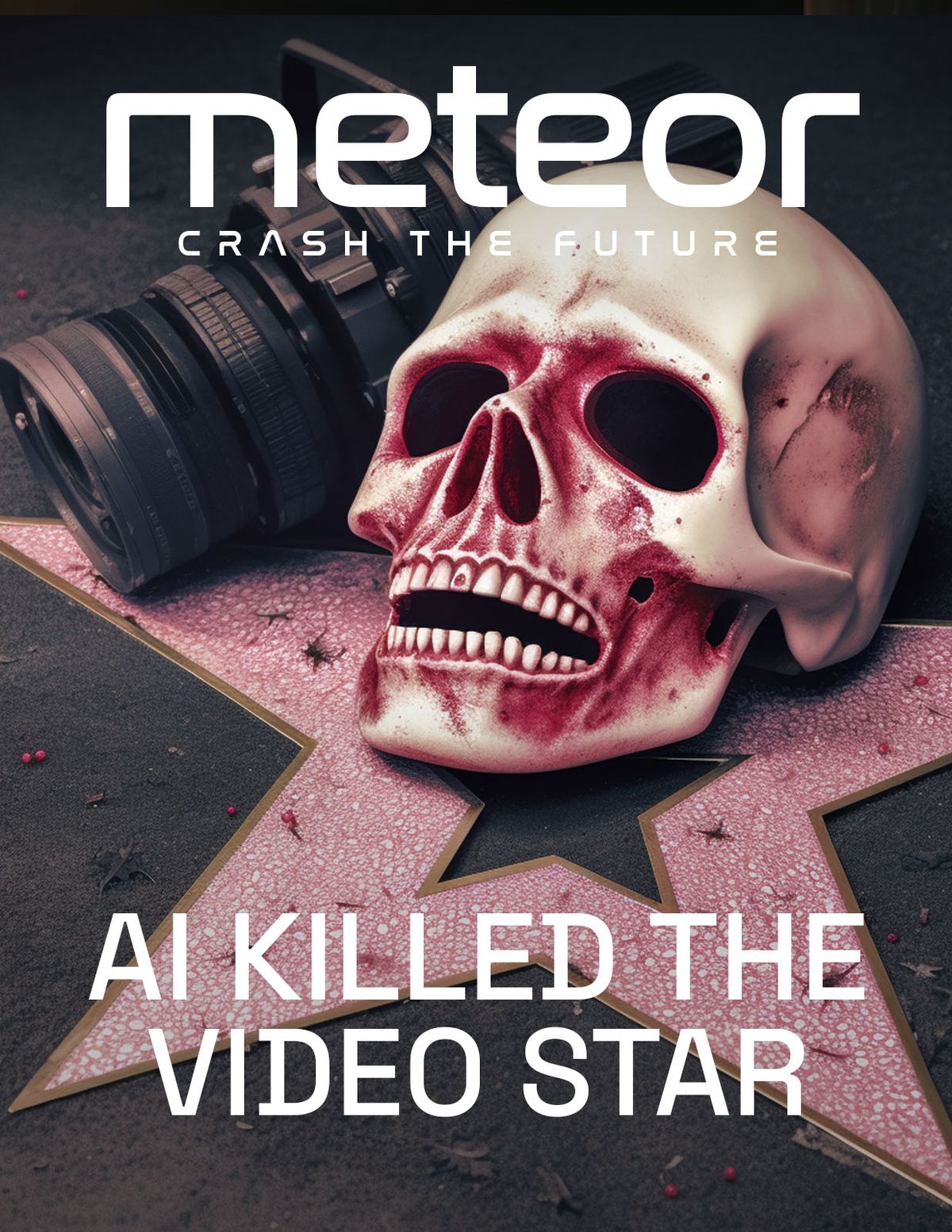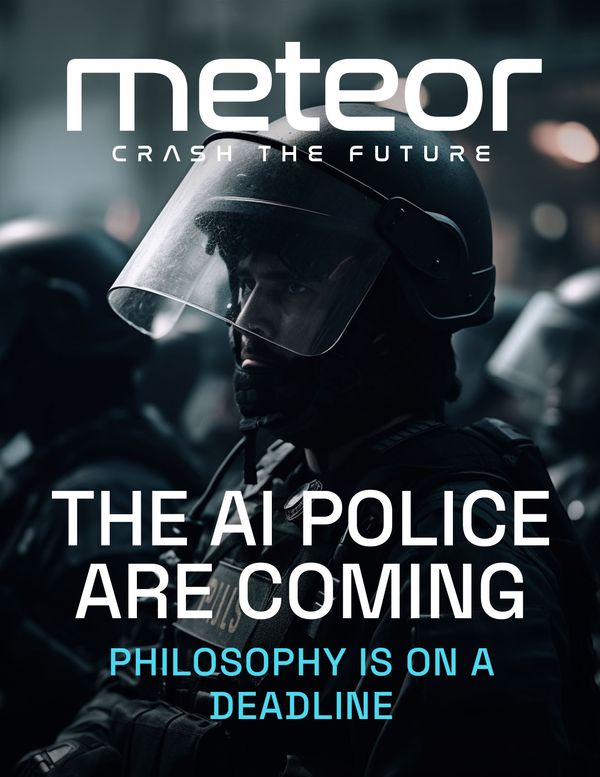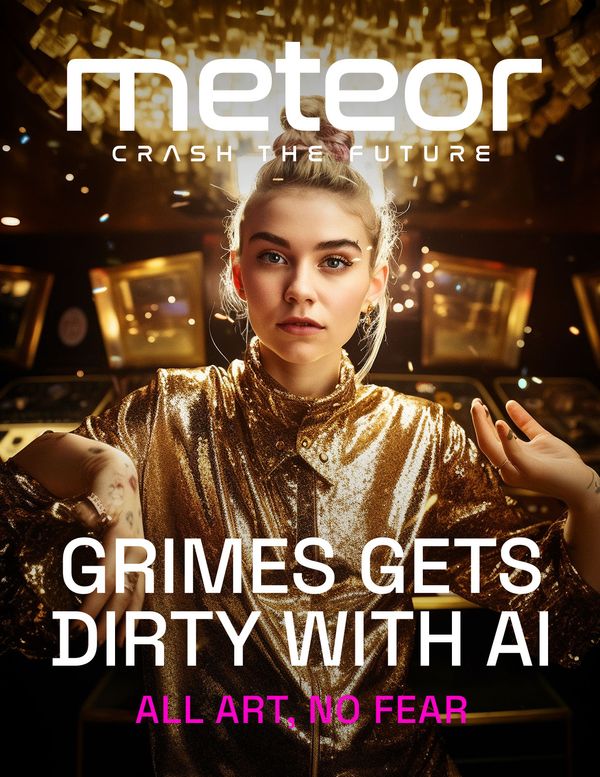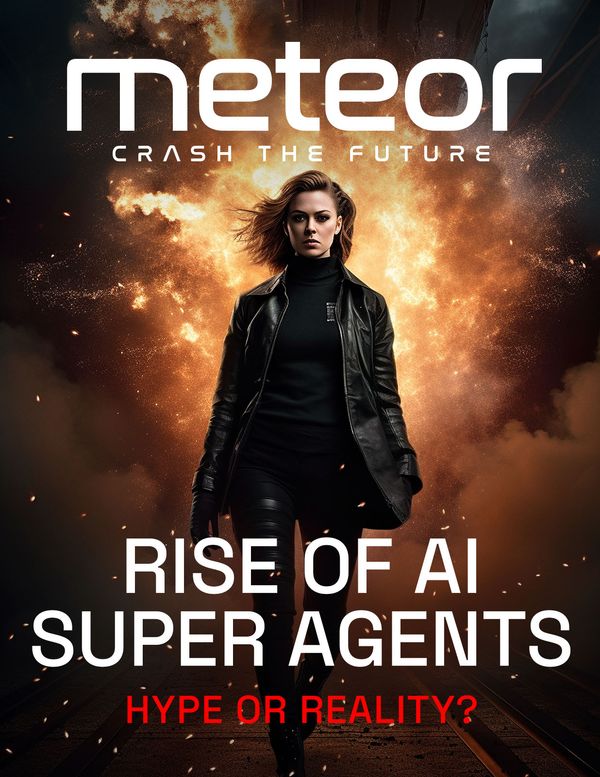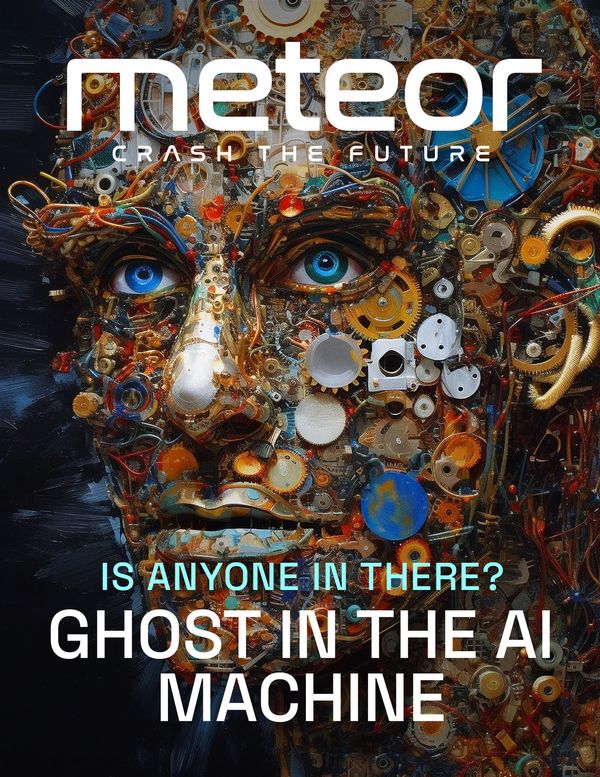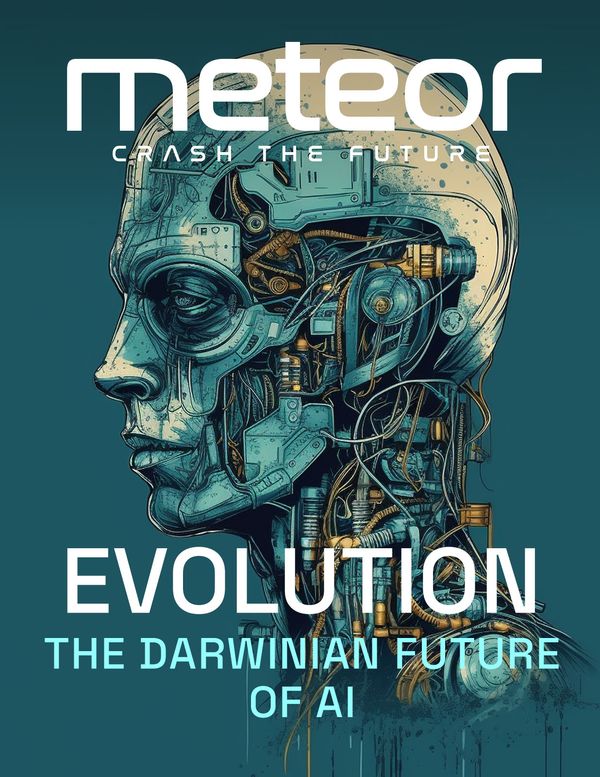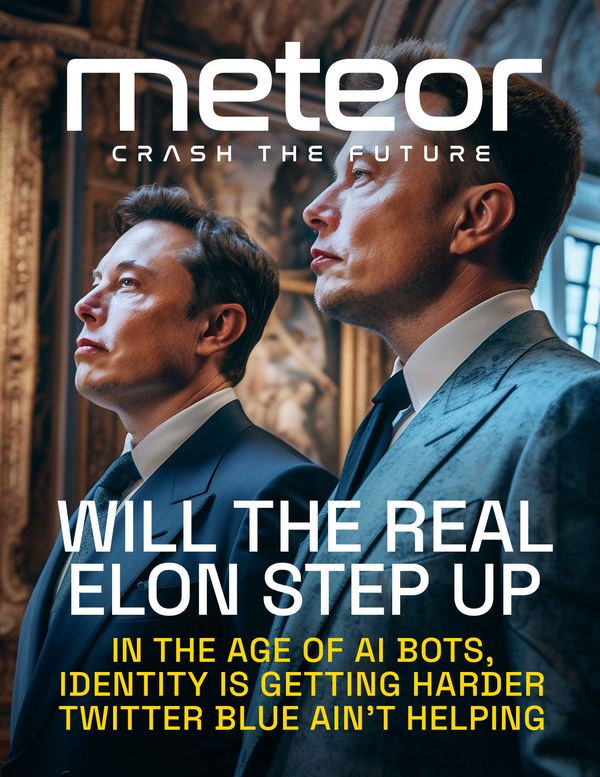Inside Today's Meteor
- Disrupt: AI Killed the Video Star
- Compress: NFT Marketplace OpenSea goes head to head with rival Blur.
- Cool Tools: A new model from Meta AI that can "cut out" any object, in any image, with a single click.
AI Killed the Video Star
“The making and legal distribution of this film supported over 14,000 American jobs and involved over 600,000 work hours.”
So reads a Hollywood line, which appeared for the first time in the credits for Taken 2, a 2012 Liam Neeson action movie (and that later appeared verbatim in several others). It was part of a short lived anti-piracy campaign waged as video streaming services were starting to take off and outpace the illicit BitTorrent file-sharing network for the first time.
Ten years ago, Hollywood successfully fought off the peer-to-peer pirates. Now they have a new fight on their hands: AI.
As PR, the Taken 2 numbers are a bit misleading and include all the people downstream of production, including the guy serving popcorn. More recent data compiled by Stephen Follows, a highly cited independent film industry researcher, puts the average crew credited on theatrically released movies in the U.S. between 2000 and 2018 at 276. Crews for the largest productions during that time topped out at 4,483.
Point being, it takes a village to make a movie, and giant budgets have more often been a source of pride, and a signal of the legitimacy of a project, than an embarrassment in the industry. (Here's a fun list of 15 movies from the past that employed over 1,000 people.)
Piracy's threat was straight up stealing. AI poses more nuanced problems, but problems nonetheless.
The first is jobs.
With the arrival of generative AI, we are about to see a major shift in video production techniques. This will ripple through big studios and likely result in many projects getting smaller crews and budgets, offset by whizzbang new tools that make everything go faster.
Hollywood is a union town, so institutionally this won't go down easily.
At the same time, AI will empower new kinds of creative teams. Fast movers will adopt new ways of doing things that will 100x their output, and let them ship top-tier products at a fraction of the cost and effort of peers that are slower to dump their beloved but manually intensive methods.
All this could have the benefit of lowering risk on individual projects and increasing investment in more speculative films and series, giving audiences more variety, so it's not a zero sum game. Fan favorite series that currently get canceled because they can't draw a big enough audience might get a reprieve because they're cheaper to make.
There's no stopping it. AI generated images have fully escaped the "uncanny valley" that for decades made artificial photo realistic representations of people hard to nail, and even repulsive or spooky. It's an achievement that's going to have enormous ramifications for video. Basically, an entire generation of movie making technique – the kind celebrated in advertisements for the recent Academy Award Winning All's Quiet on the Western Front, showing off the skill of physical camera work – is about to look tired.
NVIDIA's CEO Jensen Huang has gone so far as to predict “Every single pixel will be generated soon. Not rendered: generated.”
We can already see this happening. All of the tools to automate and simplify movie-making are in place. Using GPT-4, @midjourney, @runwayML and Microsoft's synthetic voice app VALL-E, a group the size of a rock band with little technical knowledge can develop a script, storyboard it, generate digital sets and populate them with photo realistic digital avatars to act out scenes. From their living room. Coming up next will be a wave of tools to stitch it all together, and make it point and click, or even just a text prompt to output as a finished video.
This leads to the second problem: Infinite supply.
There's arguably too much content thrashing for oxygen in a fixed-size tank already. It's driven a race to quality that long ago put TV ahead of the movies, and now has social media lapping television through volume and hyper-personalization. (For further reading on the battle over cable TV, I can recommend two recent timely books, "It's Not TV: The Spectacular Rise, Revolution, and Future of HBO" and "Tinderbox: HBO's Ruthless Pursuit of New Frontiers." Neither anticipated the generative AI explosion but the history is gripping and filled with colorful characters.)
If generative AI means anything it means more of everything: More and more content fighting for a finite amount of attention. No matter how it gets made, everyone faces the same competition in the end: Time.
How this all impacts Hollywood is a bit of a mixed bag.
Indy and budget films are nothing new, and some have become iconic. But most are garbage – be nice! – too niche to matter. Power and status will continue to rule in Tinsel Town. So how the dynamics of AI play out will be interesting to watch.
It's reasonable to wonder if it will really change much, down deep. AI may have some decentralizing effects, by democratizing creativity. But overall I tend to believe AI will reinforce the status quo and exacerbate power imbalances in favor of centralized institutions over individuals, all other things being equal.
Hollywood has always managed to tame tech. Talkies replaced Silent Movies and their stars, but not the bosses. It beat back the pirates. Special effects shops sprung up around CGI, created some new stars, put a few others out to pasture, but didn't overthrow the hierarchy. AI shops will spring up, make some new stars, put a few others out to pasture, but it's an open question and a long shot whether they can dismantle the system.
Studio assets, connections, deep pockets for marketing and IP, like Marvel Comic Universe and Star Wars, have been decisive advantages for a long time and likely will continue to be, even if the craft of movie-making itself is radically reinvented.
Automated, perfect dubbing and localization may turn out to be the biggest immediate impact of AI, letting top studios dominate globally even more than they already do. In the end, the big dogs may well wind up wagging the long tail of AI content creation for a long time.
Obviously generative AI doesn't stop at film and TV, so to close off here are some thoughts on a few other examples:
Gaming. The emerging tools here are text-to-3D, text-to-texture, NeRFs, and AI plugins for tools like Unity and Unreal Engine. Studios will look to empower users to create and earn money by making their own content with AI, while small teams will be able to create games with the cinematic realism and open world scope of the biggest production houses.
Media. AI generation will transform editorial around aspirational social editorial like fashion, lifestyle, architecture and more. Visualizing ideas instead of ordering up photo shoots will cut costs and production cycles. AI-forward publications (Midjourney has already launched its own magazine) will pop up and outcompete peers who stick with the old methods. As we originally wrote in our own Meteor manifesto, new media empires will be born.
Advertising. Coding. Design. Almost no creative field will be untouched.
Compress
Shots Fired!
NFT Marketplace OpenSea goes head to head with rival Blur.
Cool Tools
Segment Anything
A new model from Meta AI that can "cut out" any object, in any image, with a single click.

